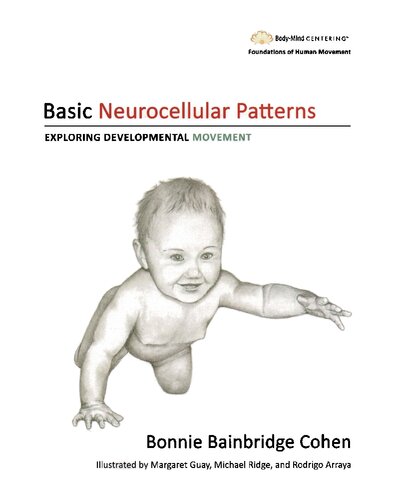

Most ebook files are in PDF format, so you can easily read them using various software such as Foxit Reader or directly on the Google Chrome browser.
Some ebook files are released by publishers in other formats such as .awz, .mobi, .epub, .fb2, etc. You may need to install specific software to read these formats on mobile/PC, such as Calibre.
Please read the tutorial at this link: https://ebookbell.com/faq
We offer FREE conversion to the popular formats you request; however, this may take some time. Therefore, right after payment, please email us, and we will try to provide the service as quickly as possible.
For some exceptional file formats or broken links (if any), please refrain from opening any disputes. Instead, email us first, and we will try to assist within a maximum of 6 hours.
EbookBell Team

4.4
72 reviews
ISBN 13: 9780990833932
Author: Margaret Guay, Michael Ridge, Rodrigo Arraya
Acknowledgments To the thousands of students and friends internationally who for over forty years have shared with me the explorations, contemplation, applications, and research of these developmental movement patterns, I am profoundly grateful. Although your names do not appear in these acknowledgments, the unfolding of the Basic Neurocellular Patterns (BNP) and the writing of this book could not have occurred without your contributions. My deepest gratitude is extended to the many babies who have rolled, crawled, creeped, laughed, cried, and been silent and still with me for the past 50 years. Their presence, clear expression, and direct communication have enriched my life and my understanding of the process of development. I am also grateful to the parents and families of these babies for the love and care they have given their children and for including me in their lives. The first collaborators named specifically must, of course, be the two artists who have created most of the exquisite grayscale drawings-the heart and spirit of the book. In 1988, Michael Ridge began drawing the babies shown in this book for an article of mine in the dance journal Contact Quarterly (CQ). He continued to draw babies and animals for this book until 1998. In 2017, he completed twelve more baby drawings. In 1994, Margaret Guay joined Michael in drawing the illustrations for this book and she has continued to draw them for the last 20-plus years. Not only did Michael and Margaret create the beautiful drawings, but they also collaborated with me on the search for the appropriate drawing references and advised me on the writing. Margaret also played a major role in designing the layout of the pages. In the last months before finalizing the book, Rodrigo Arraya joined us by adding clear drawings of adults demonstrating the vertebrate patterns. These drawings bring life to the various explorations. His immediate response to my urgent pleas for new drawings provided enormous support. In 1995, Bronwen Hodgekinson drew a few babies for the book. Much thanks also goes to Jiajun Lu, my art teacher, for helping me with the few baby illustrations I drew. In 1984, Janice Geller drew babies and animals demonstrating the BNP for an earlier article in CQ, but as those drawings are in a different style, they are not included in this book. Both the 1984 and 1988 articles are included in my book Sensing, Feeling and Action, published by Contact Editions. My gratitude also extends to Marilynne Morshead for the photo of Sandy Jamrog and me on the dedication page, and to Kim Sargent-Wishart for the photo of me on the back cover. Among the small group of women I began exploring developmental movement with from 1973 to 1976, several have continued to explore and teach the BNp, sharing their insights with me. These women are Linda Tumbarello, Gale Turner, Beth Goren, Sara Vogeler, and Genny Kapuler.
Introduction to the Basic Neurocellular Patterns
How This Book Is Organized
Introduction to the Prevertebrate Patterns
Vibration
Cellular Breathing
Sponging
Pulsation
Navel Radiation
Mouthing
Prespinal
Summary of the Prevertebrate Patterns
Summary of Embryological Development Relating to the Prevertebrate Patterns
Introduction to the Vertebrate Patterns
Spatial Aspects of Movement
Postural Tone and Yielding
Spinal Patterns
Spinal Yield & Push
Spinal Reach & Pull
Symmetrical Patterns: Homologous
Homologous Yield & Push
Homologous Reach & Pull
Asymmetrical Patterns: Homolateral & Contralateral
Homolateral Yield & Push
Contralateral Reach & Pull
Brachiation and Climbing
Summary of the Vertebrate Patterns
Summary of the Prevertebrate and Vertebrate Patterns
bonnie bainbridge cohen basic neurocellular patterns
basic neurological exam
seventh circuit pattern instructions
5 basic parts of the neuron
4 basic parts of a neuron
3 basic neuron types
Tags: Margaret Guay, Michael Ridge, Rodrigo Arraya, Neurocellular, Patterns